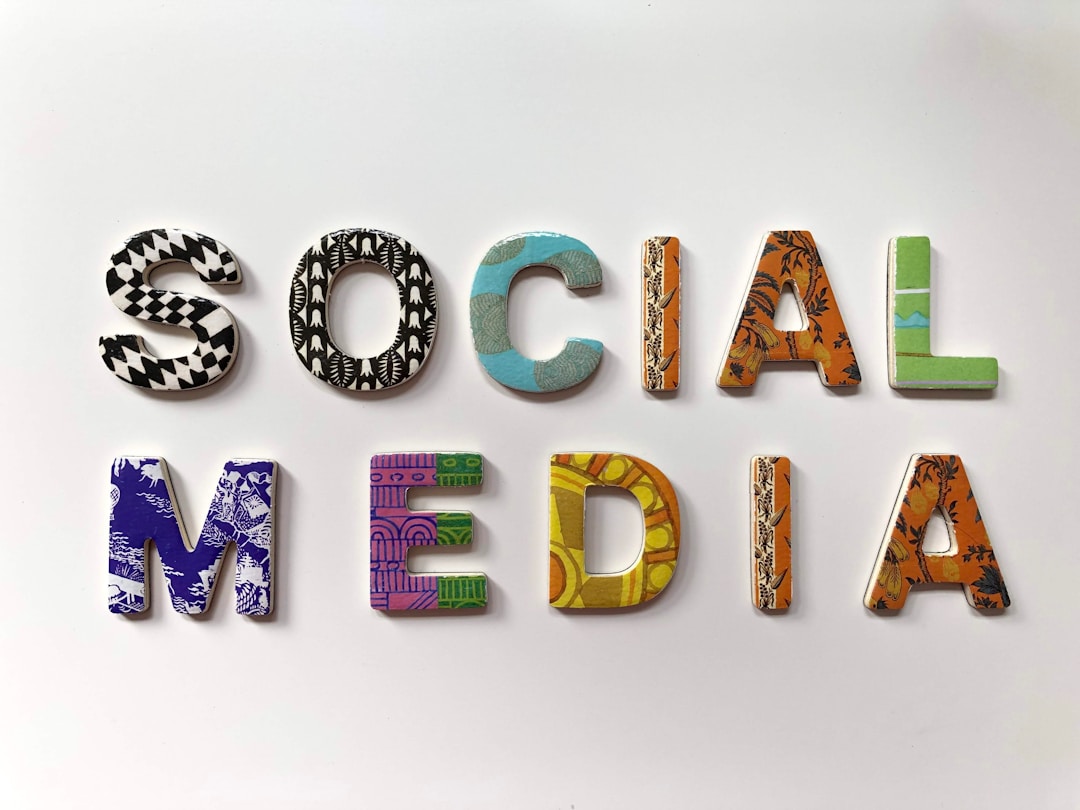Earned media is the holy grail of advertising. Rather than relying on your marketing budget, you unwittingly enlist armies of local and worldwide content producers to generate word-of-mouth marketing campaigns for you and for free. This might sound like it’s too good to be true, but open up your Facebook or Twitter feed and check out the pictures, mentions, and posts that are flying out at you through the screen. Content creators – from influencers and traditional new media types to Facebook groups and everyday users – post truckloads of free marketing for brands on a second-to-second loop.
In one picture, you might see a table full of drinks at the park: Budweiser, Coke, and others want those cans to be theirs. A second picture scrolls by and shows off an attractive couple at the beach: What swimsuits are they wearing; what about their sunglasses, shoes, and skin protection?
The same can be said for consumers who want to shop in lockstep with the latest trends. Showing off a new designer purse, shoes, or watch can bring in dozens of likes for the poster, but it also generates valuable earned media for the brand that produces the item. The more times your products can enjoy featured status in the hashtags, pictures, and text of posts online, the more earned media – that is, free publicity – you enjoy as a brand manager.
It’s no surprise then that brands of all shapes and sizes compete fervently to create a highly viral image, remains at peak interest among consumers and niche users. While some brands enjoy seasonal spikes – the NFL, Snuggies, or sun holiday travel, for instance – most earned media strategies revolve around producing a consistently marketable presence that makes people want to engage in a dialogue with and about the company: Your company.
Marketing and legal pros know the value of earned media.

Social media is a vast landscape that has produced some incredible marketing opportunities as of late. With the introduction of Facebook (then still sporting the leading “The”) in the early 2000s, social media as a marketing tool really grew into its own. This social network did what many others wouldn’t or couldn’t. Facebook became a space that wasn’t just about reaching out to friends and posting nonsensical updates about gossip, chat, or music. Facebook truly became a hub of social information and interaction, and with it came a new type of advertising that reaches out to users directly and targets their distinct interests. SEO practices, public relations, and blogger and email address marketing strategies are now built into the approach to LinkedIn, Facebook, and Twitter, among other media outlets and the company’s website locations. Rank is key to continuous operation; every ounce of media channel coverage you receive changes the total cash cost of operation about the insights regarding profit and free cash flow.
Industry pros in advertising, legal, and other circles, like Caitlin Gossage, know that organic interest in market trends is far more powerful than any paid posting that a company can perform. Gossage is a legal and budget specialist supporting Forthlane in Toronto, Canada. Previously, she served as in-house legal counsel and Chief Compliance Officer at the Canadian firm Purpose Investments. Gossage is no stranger to the value of social media marketing. In fact, she and others like her champion the ability to generate earned marketing through strategic pathways that cut down on traditional marketing budgets over the long term.
What Facebook accomplished is near-perfection in the tailor-made ad space. TV, radio, and billboard ads have worked at targeting demographic groups for generations. Still, Facebook was able to take an analytic approach to the things you like, share, and post and work up a functional profile that can help sell tailored advertising spots that promise to deliver content to the exact types of users who would get excited about the products in question. Girls under the age of twelve don’t need to see ads for lawnmowers or baby strollers. Likewise, retired men are often a wasted set of eyes on ads that focus on baby shoes, wine coolers, or products for the office.
Earned media is a state of mind.

To build a portfolio of media credits, it’s important to understand how this comes about in the first place. Firms like Alamos Gold have worked for years to generate organic content that is liked, shared, and reposted by social media users passionate about the NYSE and companies listed on the stock exchange. Gold miners in this day and age suffer from an image problem that’s hard to solve. Ounces of gold must be extracted from the ground as a mineral resource. A tonne of the stuff is often removed from the Earth through great capital and labor expense, and firms like Alamos (NYSE: AGI) have committed to mining ounces of gold through sustainable practices that buck the use of cyanide and other chemicals that are damaging to the environment.
This particular gold miner supports further assistance to the environmental project through Alamos’ outreach to environmentalist groups to continue perfecting the best way for mining companies to reach these mineral reserves while reducing the environmental impact and maintaining positive cash flow.
Alamos is a fantastic example of the power of blog posts, bloggers, and third party and social media marketing. Bloggers share investor alerts about the company, while Alamos provides press releases and blog posts through other media channels that speak to the share price, dividend payouts, and environmental practices. Bloggers and paid press release outlets coalesce to create a feedback loop that speaks to the output of Alamos’ Mulatos Mine in Mexico or Island Gold Mine in Northern Ontario in glowing terms.
Media is crucial to visibility. Take your game to the next level with additional technical services that make your brand pop.










